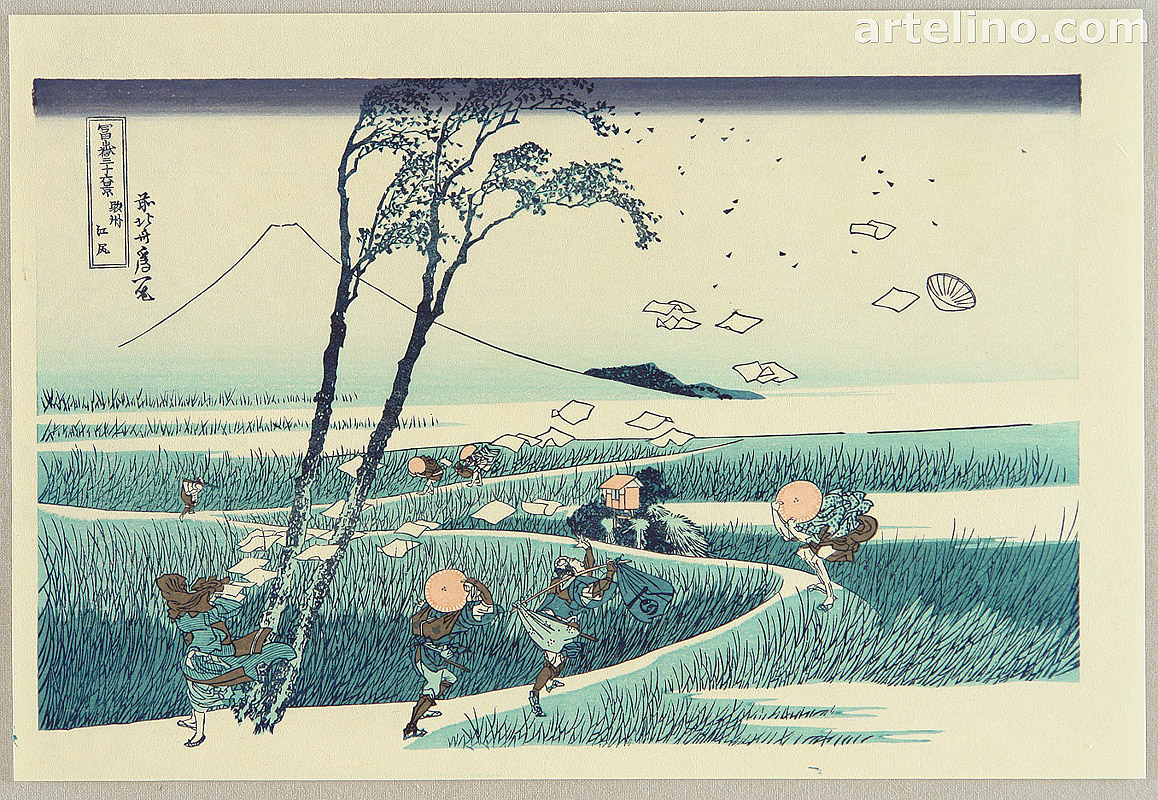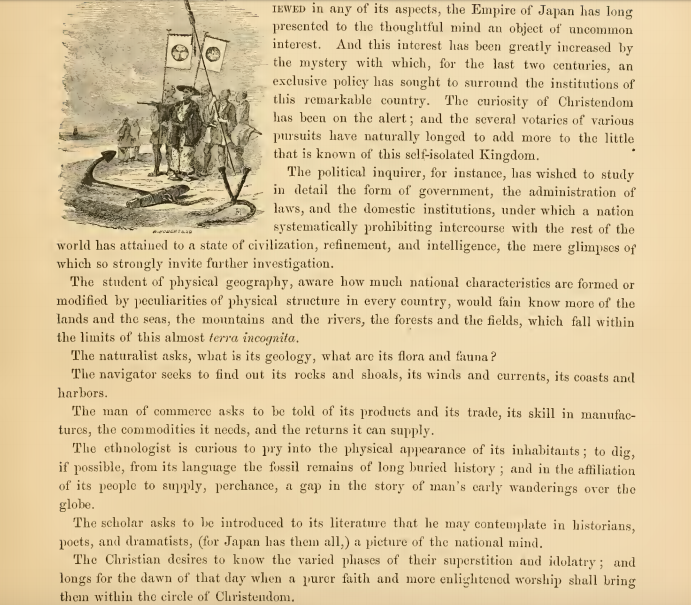"Viewed in any of its aspects, the Empire of Japan has long presented to the thoughtful mind an object of uncommon interest" - Matthew Perry and Francis L. Hawks [1856]
Sakoku
Sakoku barred Japanese citizens from the Western world; only the Dutch updated government officials on Western developments. Although Japan maintained contact with China and Korea, technologically, it fell far behind the West.
"…trade with Europeans was restricted to Deshima, the small man-made island off the coast of Nagasaki…Chinese merchants also were allowed to trade in Nagasaki…also there was trade with the Ainu from Matsumae domain, in what is now Hokkaido, and with the Ryukyu kingdom through Satsuma domain…Finally, Koreans also sent occasional embassies to Edo" - Student Conducted Email Interview with Professor Emi Foulk Bushelle, Western Washington U

International Relations in East Asia, Mid-17th to Mid 19th Centuries
Arano Yasunori [1988]
Kinsei Nihon to Hagashi Ajia (Early Modern Japan and East Asia)
Sakoku allowed Japan's arts to flourish without foreign dilution, giving rise to expressive mediums such as ukiyo-e. Much of what is thought of as "Japanese" today originates from this time.
The Great Wave off Kanagawa
Katsushika Hokusai [c. 1831]
Thirty-Six Views of Mount Fuji

Ejiri in Suruga Province
Katsushika Hokusai [c. 1831]
Thirty-Six Views of Mount Fuji
"Ukiyo-e, often translated as 'pictures of the floating world,' refers to Japanese paintings and woodblock prints that originally depicted the cities' pleasure districts during the Edo Period, when the sensual attributes of life were encouraged amongst a tranquil existence under the peaceful rule of the Shoguns. These idyllic narratives not only document the leisure activities and climate of the era, they also depict the decidedly Japanese aesthetics of beauty, poetry, nature, spirituality, love, and sex" - Rebecca Seiferle, author of Ukiyo-e Japanese Prints Movement Overview and Analysis [2018]
Desire to End Sakoku
Manifest Destiny's ideology fueled both North America's territorial expansion and its drive to open Japan's ports (United States Office of the Historian [2016]). Other reasons included:
· Coaling stations to refuel American ships
· Return of shipwrecked American sailors
· Potential influence in East Asia with Japanese allies
· Conversion of "uncivilized barbarians" to Christianity
"The growing commerce between America and China, the presence of American whalers in waters off Japan, and the increasing monopolization of potential coaling stations by the British and French in Asia were all contributing factors in the decision by U.S. President Millard Fillmore to dispatch an expedition to Japan. The Americans were also driven by the idea that Western civilization and Christianity would benefit and thus should be imposed on Asian nations, which were seen as 'backwards'" - Lumen Boundless World History [2018]

American Progress
John Gast [1870]
Picturing United States History

Introduction to Narrative of the Expedition of an American Squadron to the China Seas and Japan [1856]
________________________________________________________________________________________________________________________________________________________________
With sakoku's protective barrier, Japan entered a time of immense stability and cultural identity at the cost of technological advancement. However, the newly industrialized US sought to break this barrier for personal benefit.
________________________________________________________________________________________________________________________________________________________________